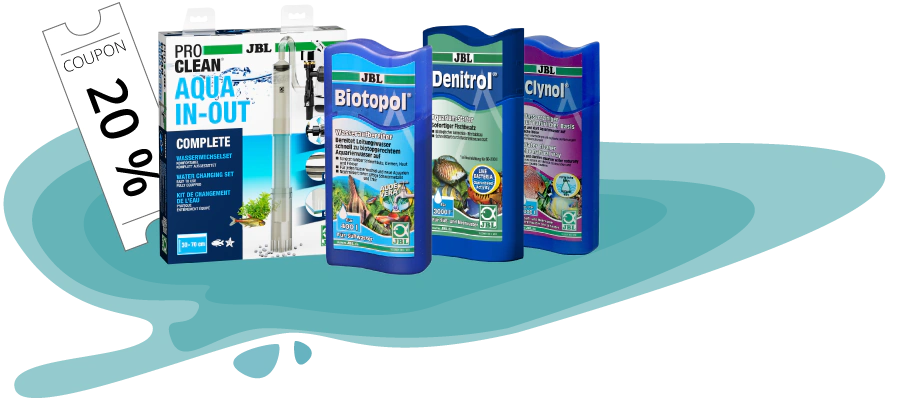Unfortunately the competition is finished already. Shortly you will find another competition here. Simply look in again later.
Winners:
Erika Wollbrecht, David Cardoso Santana , Stefan Kaiser, Christian Schroers, Thomas Mayer
Spring is on its way and the first rays of sunshine are peeking through the window. It’s time for the traditional spring clean at home. Although you always need to clean the aquarium with care, the right tools will help you save time and hassle. We have a product package to suit each of the five winners worth 120 euros.

Just enter by 18 March 2022, answer the questions below and, with a bit of luck you can win one of the five product sets for spring cleaning in the aquarium pictured, worth 120 euros. The winners will be drawn from the pool of participants.

Unfortunately the competition is finished already. Shortly you will find another competition here. Simply look in again later.
Erika Wollbrecht, David Cardoso Santana , Stefan Kaiser, Christian Schroers, Thomas Mayer